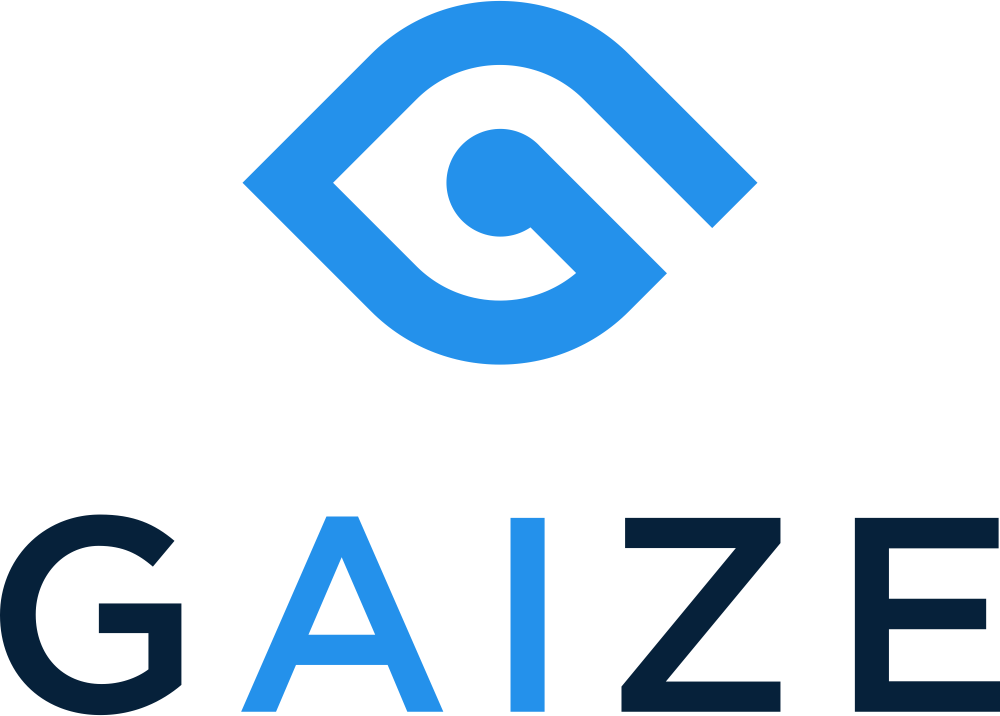2025 Letter from the CEO
Gaize team on the Clark Fork River in Montana
We’ve closed a banner year at Gaize and looking ahead, I’m deeply optimistic about the future of not only our company, but Impairment Detection Technology as a category. We’ve seen a stunning increase in businesses looking for a solution to workplace impairment, as well as a significant increase in understanding of the nuances of this issue. It seems that the education efforts that we’ve engaged in, along with those of others, are having an impact.
At this point, most safety sensitive workplaces have realized the limitations of traditional drug testing. While this remains a particularly acute pain-point for companies operating in legal cannabis states, it’s not exclusive to them. Although the legal ability to dismiss an employee for a positive THC or THC-metabolite result remains in most places, functionally many businesses are realizing that they can’t hire or retain employees if they completely prohibit cannabis use the way they used to.
What does this tell us?
First, that cannabis users exist in every state and it’s unreasonable to pretend they don’t. It’s similarly unreasonable to suggest that cannabis using people can’t be good and productive employees. Second, this reality clearly communicates that the stigma that once existed for cannabis use is no longer. On the law enforcement side, we can see that states without cannabis tax revenue are trading that resource stream to neighboring states, but still have to deal with the impacts of retail cannabis. This phenomenon was captured very clearly in the recent study that found:
“Cannabis consumers were almost four times as likely to report daily or near daily use than alcohol users.”
More Americans are now using cannabis daily than alcohol, and approximately 23% using the drug at least annually (Pew Research), workplaces and states must adapt. Many workplaces have dropped THC testing entirely as a way to hire and retain. This is logical on its face as businesses need the staff to meet their goals, but it’s an extremely risky path forward as it implicitly allows for workplace cannabis impairment. Gaize, and other Impairment Detection Technologies, provide an alternative: a verifiably fit for duty workforce that doesn’t unfairly penalize legal, safe and responsible cannabis users.
An important event from this year that has been under-discussed by the media is the collapse of Hound Labs. After raising over $150 million, Hound Labs was unable to solve the challenge of creating a viable instant-read marijuana breathalyzer. This outcome is further proof that the idea of a cannabis breathalyze is technically infeasible as well as being a poor fit to the problem we’re facing. Far from dancing on their grave, we applaud their effort, the tenacity of their team, and the vision of their investors. Entrepreneurship is unimaginably hard. We need more efforts to create solutions to the pressing challenges the world is facing, and more investors that see the immense potential of the next generation of drug testing and impairment detection technologies.
Unfortunately, states have broadly failed spectacularly to address the problem of THC-impaired driving. Although law enforcement has a clear understanding of the issue and routinely utilize Drug Recognition Experts to detect non-alcohol impaired driving, this has not translated to the deployment of impairment detection technology. State and Federal government leadership have largely continued to ignore advances in impairment detection technology with not a single state or federal-sponsored clinical evaluation, no broad testing and no meaningful deployment of impairment detection technology to date. Further many states have chosen to deploy deeply flawed oral fluid testing devices that have high false positive rates, and cannot detect impairment (see the blog post on this subject for more). There is significant risk that the Federal government will make similar mistakes when cannabis get’s rescheduled and if they do, the outcomes will be predictably terrible. Safe and sober cannabis users will be broadly accused and prosecuted for impaired driving if oral fluid testing is used as an impairment test. The science is 100% clear on this issue and regulators need to catch up. To learn more, review our Guide for Legislators (https://www.gaize.ai/marijuana-impairment-testing-for-states).
Looking ahead at 2025, I’m deeply optimistic about what we’ll accomplish. Our customers are finding that Gaize is an easy to use and accurate tool for impairment detection, but that there’s also a broad deterrent effect to be found in deploying the technology. Simply put, when employees know that they’ll get caught if they show up to work high, they largely stop doing so. This is an immensely positive outcome that very significantly adds to the obvious return on investment that the Gaize platform provides. From businesses with fewer than 50 employees to those in the Fortune 150, Gaize is revolutionizing workplace safety while providing a path forward for safe and responsible cannabis using employees.
My deepest gratitude goes out to our incredible customers, employees, contractors, and investors for their ongoing trust and support. 2025 is going to be an incredible year at Gaize, and we look forward to bringing many thousands of new employees under the umbrella of a verifiably fit for duty workforce.
Ken Fichtler
Founder and CEO

